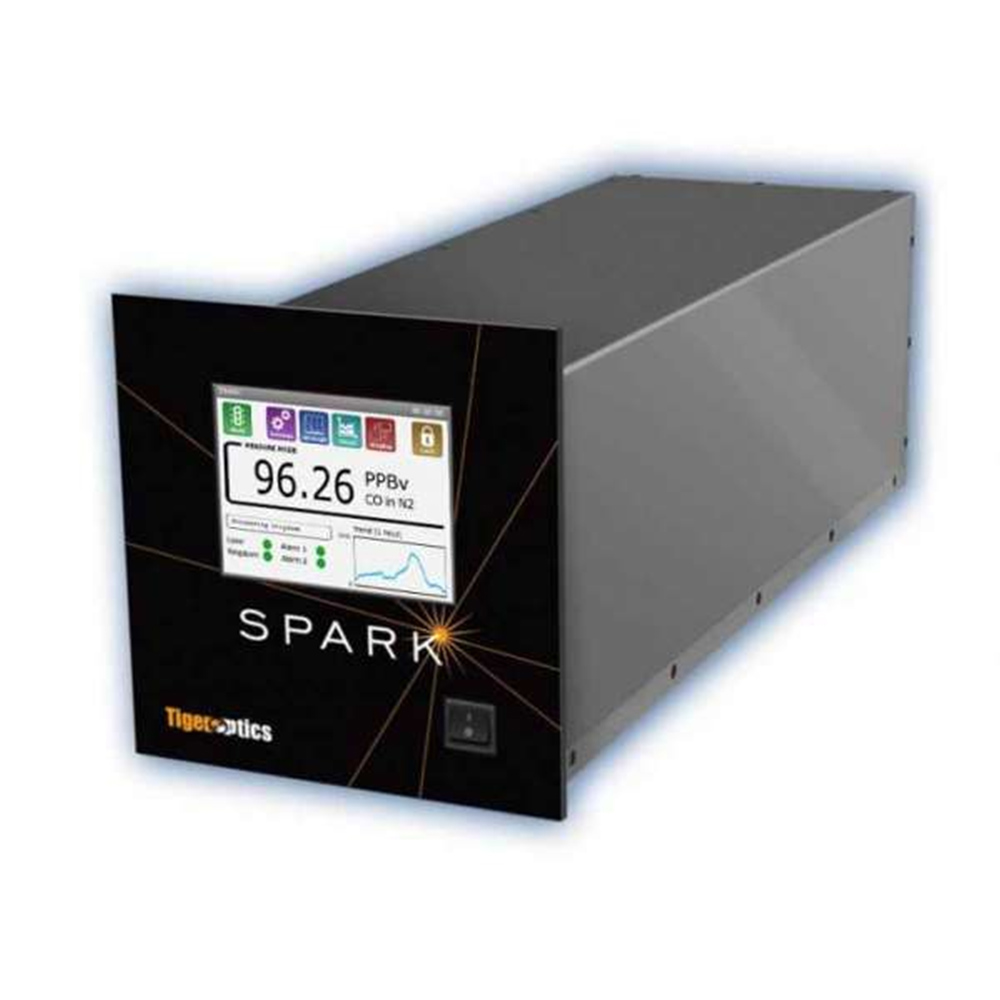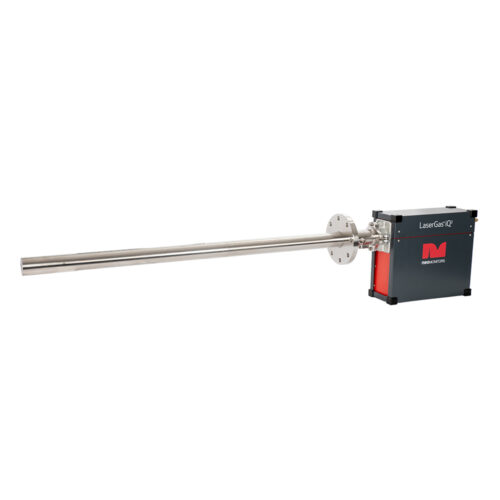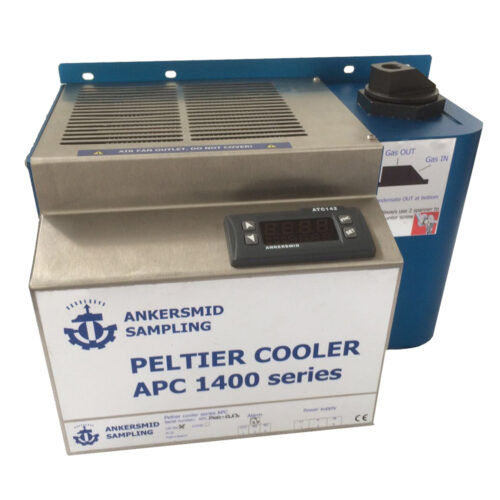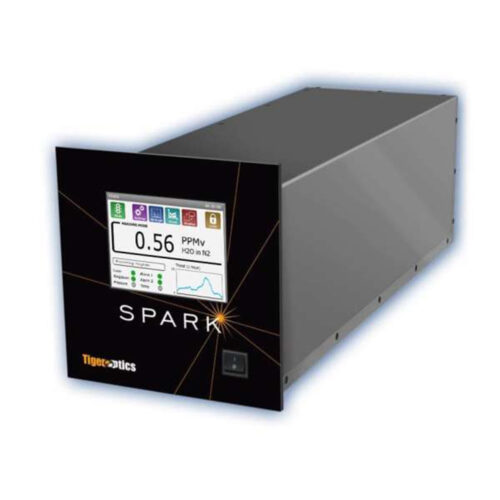Spark C2H2
Simple, Drift-Free C2H2 Contaminant Detection
With the Spark analyzer family, powerful advanced spectroscopy is available at a popular price for a host of applications, from process control and quality assurance in Air Separation Plants to refineries and hydrogen plants. Other applications include monitoring of cylinder filling, bulk delivery and distribution transfer points, as well as welding, medical, industrial and high-purity gas production, and more. Part-per-billion level sensitivity and high-ppm ranges make the Spark an ideal trace gas detection solution for these industrial gas applications.
Say goodbye to cumbersome, complex, costly and labor-intensive mid-20th century technology. Gone is the need for calibration, spare parts, limited measurement ranges, and worries about drift and downtime usually associated with NDIRs and GCs. And without the need for H2 fuel gas and with plug-and-play installation within minutes, the Spark is a faster and safer alternative to FIDs. In addition, the Spark has the lowest Cost of Ownership in the industry.
The Spark C2H2, along with the Spark CH4, CO and CO2, perfectly complements our popular Spark H2O trace moisture analyzer to utilize powerful, drift-free and hassle-free Cavity Ring-Down Spectroscopy technology for all your critical contaminants.







